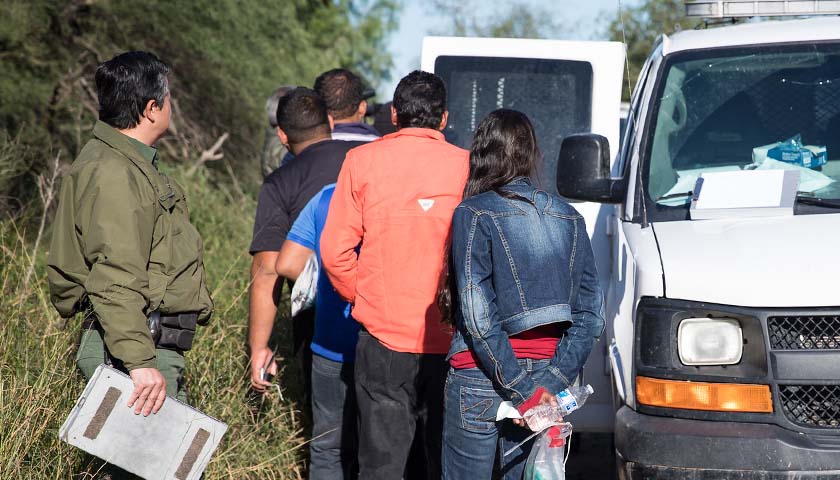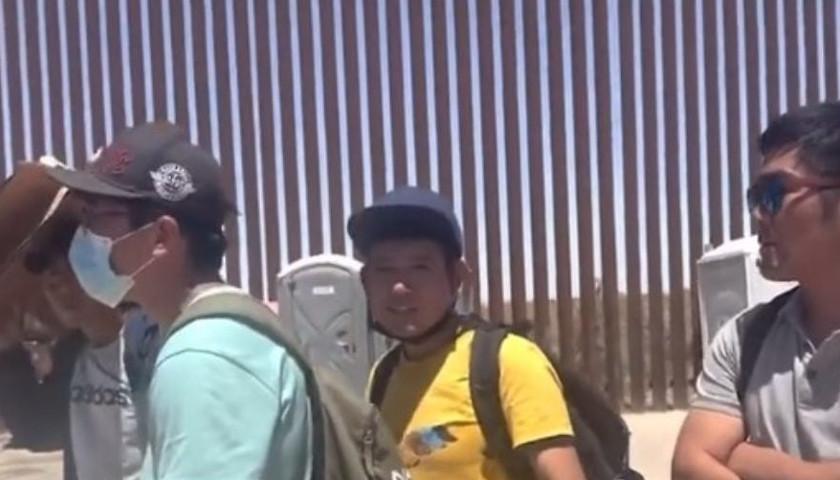According to a May report released by the Department of Justice (DOJ), of the total federal arrests made in Fiscal Year 2020, a full 56 percent of them were made in federal judicial districts at the U.S. southern border.
A significant portion of those arrests – 13.6 percent – were made in Arizona.
Federal authorities in Arizona made a total of 15,852 arrests in Arizona during the 2020 Fiscal Year, and 120,112 total arrests at the border with Mexico.
The data suggests that most of the arrests being made at a federal level are being made by immigration authorities like U.S. Customs and Border Protection (CBP).
Those figures do not include arrests made at the border by local authorities.
The Arizona judicial district that comprised 13.6 percent of all federal arrests was second only to the Texas Southern judicial district, which accounted for 25,270 arrests, or 21 percent of the national total of 120,112.
Currently, CBP is more swamped than ever in trying to control the massive influx of illegal aliens who are crossing into the United States.
In April, CBP encountered more illegal aliens than any other month in history, as reported by The Arizona Sun Times.
“Of the 234,088 total encounters, 28 percent involved individuals who had at least one prior encounter in the previous 12 months, compared to an average one-year re-encounter rate of 15 percent for FY 2014-2019,” said CBP.
The law enforcement agency also noted that 71 percent of those crossing the border were single adults.
That figure does not include those who evaded CBP entirely.
Meanwhile, some of Arizona’s elected officials are advocating for the end of a Trump-era rule that is being weighed in federal court.
Title 42 allowed immigration authorities to turn migrants away at the border during the COVID-19 pandemic. It was supposed to expire on May 23.
Tucson’s mayor says it is time for the rule to go, and that the city has immigration under control.
“This is not our first rodeo,” Tucson Mayor Regina Romero (D) told The Hill last week. “In Tucson, we have been on the front lines of receiving asylum-seekers and immigrants. We have a system in place with nonprofits and [the] Pima County government – we know how to do this.”
“What I did say to the [Biden] administration is that we need to make sure that we have the resources necessary for local government and nonprofits to provide what we know how to provide,” Romero said. “So I have seen the plan. It has been shared publicly and I think that that is the way to be able to deal with the bottleneck that has been created over the past two and a half years on the border.”
_ _ _
Pete D’Abrosca is a reporter at The Arizona Sun Times and The Star News Network. Email tips to [email protected]





